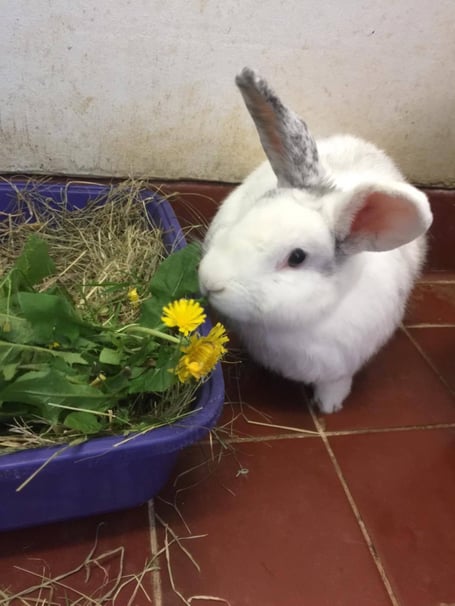It’s time for our annual cushag alert!
The cushag plant (senecio jacobaea) is also known as common ragwort, and it is a native species to the Isle of Man.
It is poisonous if eaten in sufficient quantity and so it can pose a significant threat to grazing livestock including cattle, free-range pigs, chickens, and sheep, and it is classed as an ’injurious weed’ under the UK’s Weeds Act 1959.
It affects horses more than other livestock, and it can prove fatal.
Ragwort contains alkaloids which cause cirrhosis of the liver and there is no known antidote.
Although it is largely unpalatable, animals will eat it when other grazing or forage is sparse.
Ragwort flowers from late June onwards and is a common sight on the island at this time of year when it is in its prime, with its bright yellow flowers growing on long, leafy stems of around a meter in height.
It thrives in neglected grass fields and on verges and it prefers light soils of low fertility, particularly in over- or under-grazed pasture.
A single stalk with its multiple flowers can produce 200,000 seeds in one season.
They can survive in the soil for up to 16 years awaiting an opportunity to grow.
The seeds themselves are also poisonous.
How can ragwort be controlled?
The most effective way to prevent its spread is to prevent establishment, rather than tackle the problem once the plant has started to set seed.
Simply cutting back ragwort does not destroy the plant, and any cut stems left lying on the ground are still a serious risk to grazing animals, and they will still set seed.
Pulling or digging up the ragwort with its roots intact and then burning it is a more effective way to control it, but you should wear gloves and cover your arms and legs to protect yourself from the plant’s toxicity.
However, there is need for a certain amount of ragwort to remain on the island because it is important for wildlife. It supports a wide variety of invertebrates, including some species of conservation importance such as the rare heath bee-fly, and it is a major nectar source for many insects.
It is a natural component of many types of natural grassland and so it need not be removed from land that is well away from livestock or where it cannot spread to fields used for forage production.
The sting in the tail, though, is that our national flower may have been nominated as a way of criticising the Isle of Man.
Its history as the unofficial emblem of the Isle of Man is reputed to have been bestowed by Lord Raglan, Governor of the island from 1902-1918.
When asked to pick a national flower for the island, as was the fashion in other places at the time, in jest and perhaps as a slight on how he viewed the condition of the countryside at the time, he suggested that cushag would be a fitting species.
The joke appears to have been lost over the years, but the concept of cushag as our national flower remains.
Whilst ragwort is a bone of contention, weeds in general can be a great addition to a rabbit’s diet, and, of course, they’re free.
Laid-back Blitzen, an eight-year-old rabbit who has just arrived in our small animals unit, loves dandelions, buttercups and daisies, and their leaves, and he’s also partial to nettles and thistles.
Giving rabbits a variety of feed like this enriches their lives, although it is not a substitute for a continuous supply of hay and a small amount of rabbit pellets.





Comments
This article has no comments yet. Be the first to leave a comment.